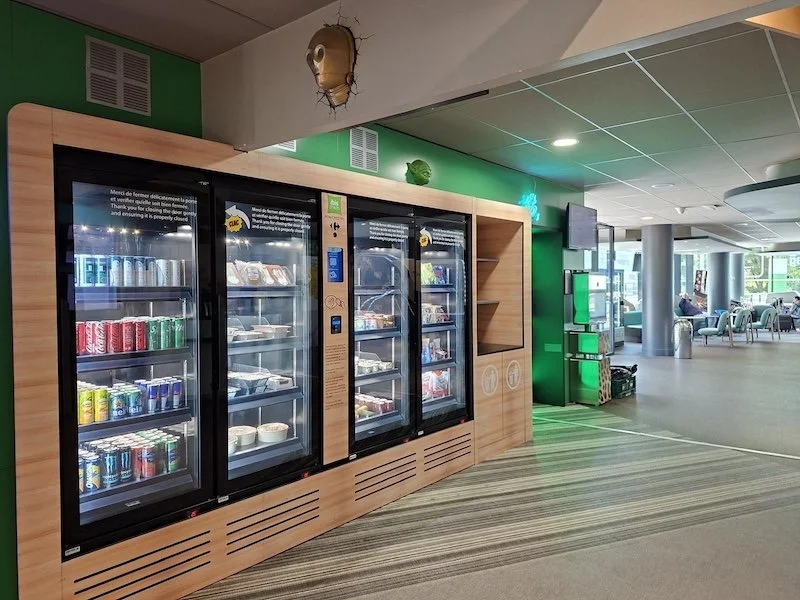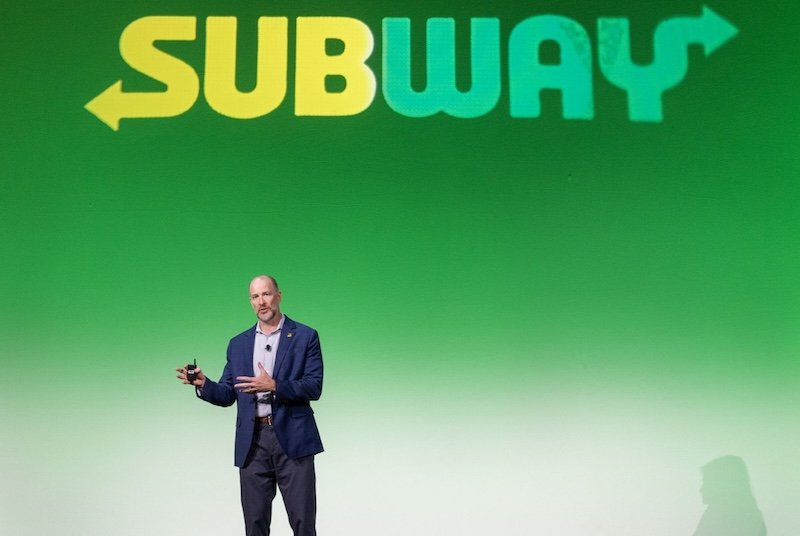How retailers can integrate medical marijuana into omnichannel strategies
The medical marijuana sector has developed quickly. This has compelled retailers to advance past conventional single channel methods.
With increasing patient demands and growing competition, dispensaries and medical cannabis sellers need to adopt omnichannel approaches that smoothly combine digital and physical interaction points. This unification produces unified patient journeys while optimising operational productivity and regulatory adherence.
Unified Inventory Management
Medical marijuana retailers that succeed utilise unified inventory systems offering immediate product availability information throughout every channel. This method removes patient frustration from finding items promoted online yet absent in physical stores, or vice versa.
Sophisticated inventory control software allows retailers to monitor product flow from growing stages to completed transactions, maintaining precise inventory counts throughout online stores, smartphone applications, and brick-and-mortar shops.
Such systems additionally support improved demand prediction through cross-channel buying trend analysis. Retailers can determine which items succeed more in digital versus physical environments, enabling tactical inventory distribution. For example, specific varieties or product types might move quickly via web-based advance orders, whereas others need face-to-face guidance and information before buying.
Seamless Patient Onboarding and Verification
Developing seamless patient enrollment procedures throughout every channel greatly enhances the customer journey while preserving regulatory adherence. Retailers must establish digital authentication systems enabling new patients to finish registration digitally, submit necessary paperwork, and get approval alerts via their chosen communication methods.
This streamlined approach extends to helping patients understand program requirements and costs. By providing transparent information about medical marijuana card prices and renewal processes through digital platforms, retailers can reduce barriers to entry and improve patient satisfaction. Integrated systems can automatically remind patients of upcoming card expirations and guide them through renewal processes.
Integrated Customer Relationship Management
Modern medical marijuana retailers require extensive CRM systems that record patient engagement throughout every interaction point. Such platforms must monitor consultation records, buying preferences, product effectiveness responses, and communication choices to build thorough patient profiles. This data allows budtenders to offer customised suggestions, whether the engagement happens in-person, digitally, or via mobile interfaces.
Successful CRM implementation enables focused marketing initiatives informed by patient ailments, favored usage techniques, and buying patterns. Retailers can provide appropriate product suggestions, informative materials, and special deals via patients' chosen channels while adhering to promotional guidelines.
Cross-Channel Educational Content Strategy
Patients using medical marijuana need continuous learning regarding products, dosages, consumption techniques, and medicinal uses. Retailers should create thorough educational material approaches that provide uniform information throughout every channel. This encompasses comprehensive product details, strain data, lab testing outcomes, and usage recommendations accessible via websites, mobile applications, store displays, and advisory meetings.
Educational resources must be available throughout all interfaces, including dose calculators, strain selection tools, and condition-matching programs. Retailers may utilise video materials, online seminars, and remote consultations to deliver enhanced learning opportunities that support face-to-face exchanges with informed personnel.
Flexible Fulfillment and Payment Solutions
Medical marijuana retailers must provide various fulfillment choices that meet patient requirements and regulatory standards. This encompasses conventional store purchases, parking lot pickup, and delivery options where legally allowed. Every fulfillment approach must connect smoothly with inventory control and patient authentication systems.
Payment handling continues to be difficult in the medical marijuana sector because of federal rules. Retailers require varied payment options throughout every channel, such as cash management systems, regulation-compliant digital payment services, and alternative payment approaches. These platforms should keep thorough transaction documentation for regulatory adherence while offering practical choices for patients.
Endnote
Effective omnichannel connectivity in medical marijuana retail demands close focus on regulatory adherence, patient confidentiality, and operational effectiveness. Retailers who excel at these five approaches will establish competitive benefits via enhanced patient journeys, operational optimisation, and lasting expansion in a progressively competitive marketplace.































Continue reading…